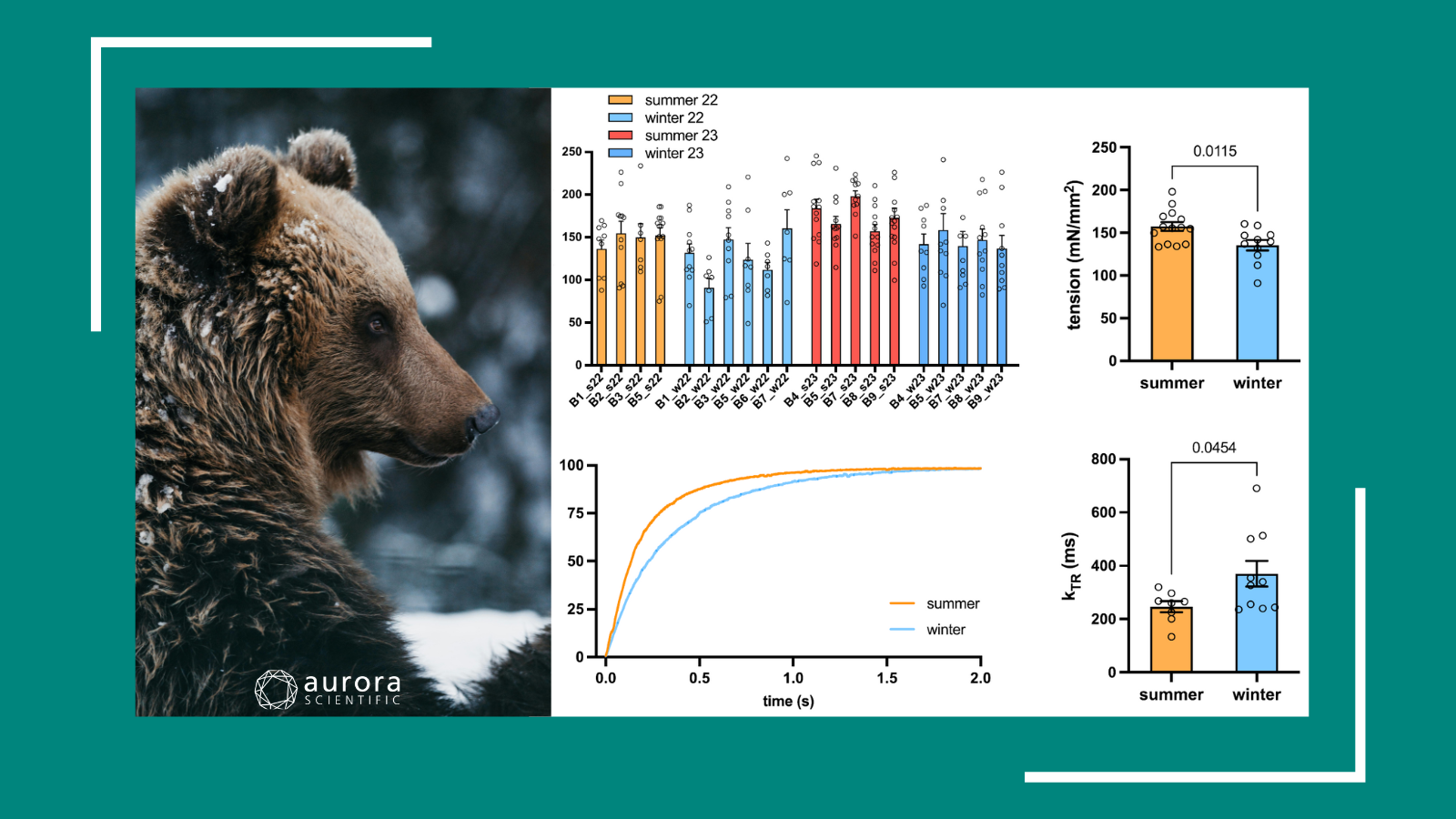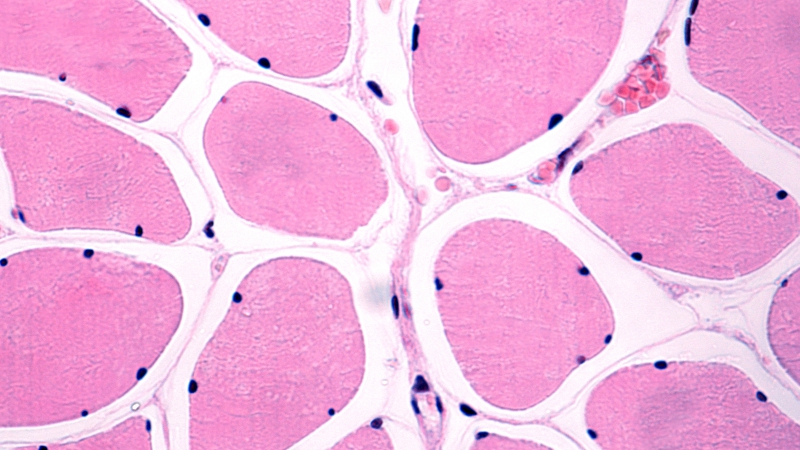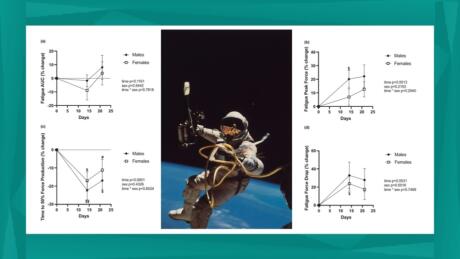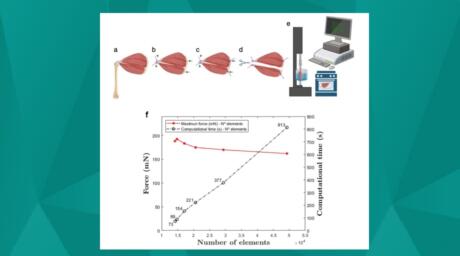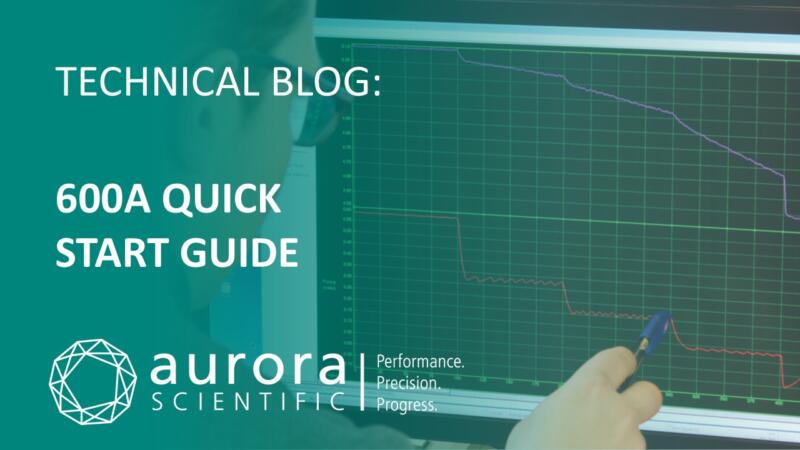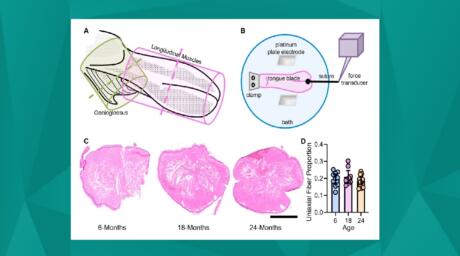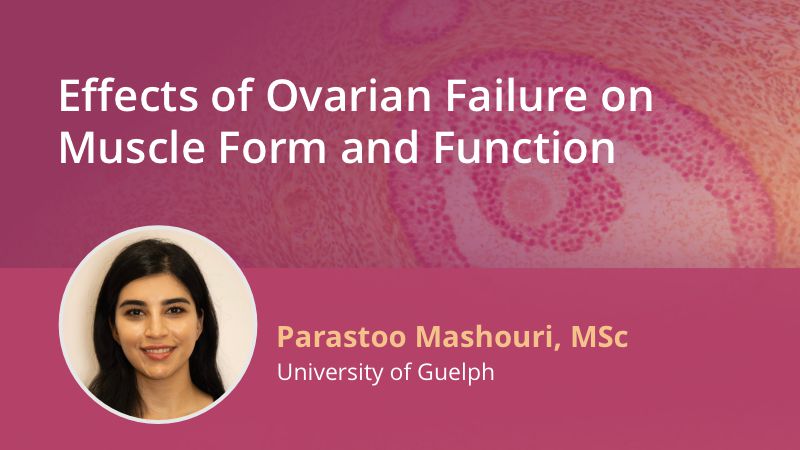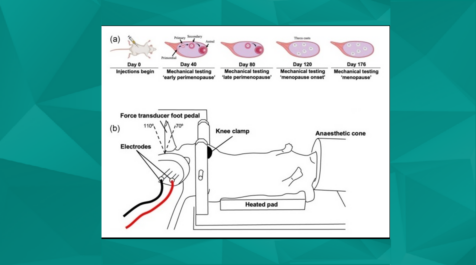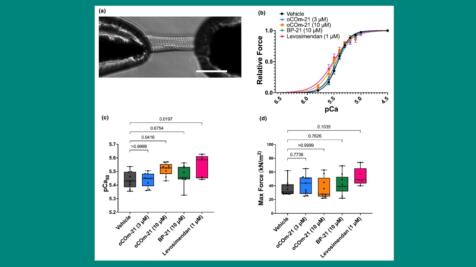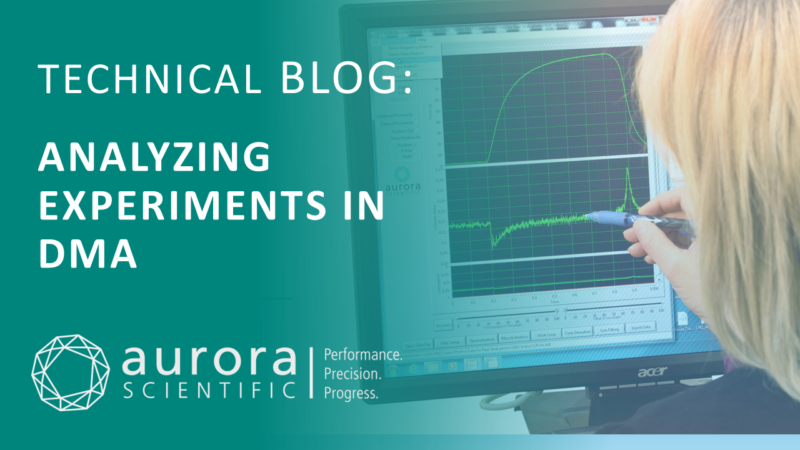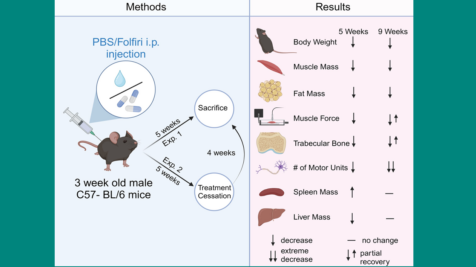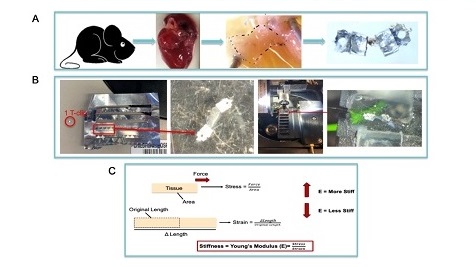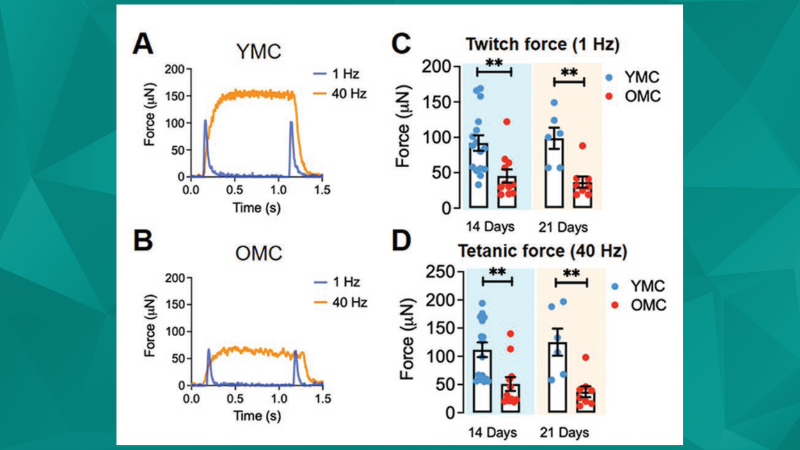New Year, New Insights: Unique Models in Muscle Physiology
Ringing in the new year is an exciting time for resolutions, recalibrations, and research. The ‘New Year, New Me’ mindset can help kickstart a period of personal growth, and recent research ...
Writing Protocols with 600A for Permeabilized Tissues
This blog will provide a brief overview of how to write protocols using our Real-Time Muscle Data Acquisition and Analysis System (600A) software.
2025 Winter/Spring Scientific Conferences and Meetings
The Aurora Scientific team is continuing to journey out and connect with researchers at scientific conferences and meetings all over the world this Winter and Spring! We are particularly thrilled to ...
Molecular Signals Mediating Increases in Muscle Size and Function
In this webinar, Dr. Bert Blaauw elucidates skeletal muscle regulatory pathways and offers approaches to tackle muscle deficits for ...
Best of 2024: Intricate Advancements
As 2024 draws to a close, the following publication review features a collection of selected studies from our annual short-list. From uncovering the evolutionary novelties of sound production in ...
Worth the Weight: Impacts of Microgravity on Muscle Health
In anticipation of the 2024 American Society for Gravitational and Space Research (ASGSR) conference, the following publication launches into the latest insights on microgravity and muscle health.
Forward Advances in Biomechanics
In the context of muscle, the field of biomechanics explores how muscles generate force, produce movement, and interact with the surrounding muscle architecture, such as bones and tendons. These ...
Quick Start Guide to 600A
This blog will provide a brief overview of how to start-up and utilize our Real-Time Muscle Data Acquisition and Analysis System (600A) software.
Down to the Muscle: Sarcopenia Modelling and Interventions
Over the years, research into sarcopenia and aging has increasingly focused on improved models, mechanistic insights, and intervention testing. To highlight this trend, the following review covers ...
WEBINAR: Effects of Ovarian Failure on Muscle Form and Function
Live October 30th, this presentation features Parastoo Mashouri highlighting her pioneering research on the effects of gradual ovarian failure on skeletal muscle ...
Women’s Health Month: Strides in Muscle Physiology
In honour of Women's Health Month, May’s publication review covers recent advances in female-focused muscle physiology research. These investigations into gradual ovarian failure, the impact of ...
Out of This World Research at Brock University: Post Mission Insights into Alterations of Soleus Muscle Function in Space-Flown Mice
Hear Dr. Val Fajardo, Jessica Braun, and Briana Hockey on their experience working on NASA's Rodent Research-20 (RR-20) mission at the Roskamp Institute, the data collected utilizing Aurora ...
Spring into Action: Proteins of the Myofilament
In anticipation of the upcoming Myofilament Meeting, April’s publication review covers recent advances in the myofilament field. From the effects of inotropic agents on cardiac myofilament Ca2+ ...
Step-by-Step: Analyzing Experiments in DMA
This blog will provide a walkthrough of how to analyze an experiment in our Dynamic Muscle Analysis (DMA) LabBook ...
Moving Mountains: Recent Feats in Muscle Physiology
As we March towards the 2024 American Physiology Summit, this month’s publication review covers recent advancements in the realm of muscle physiology, including the development of an improved ...
Tackling the Heart of the Issue: Advances in Cardiovascular Research
February notably marks “Heart Month”, aiming to highlight the importance of cardiovascular health and its critical implications on our overall wellbeing. Tackling the heart of the issue, several ...
Molecular Deep Dives in Force Production
As we launch full force into 2024, studies exploring the molecular underpinnings of force production in mice have blazed the trail of functional muscular research. From calcium dynamics during muscle ...
2024 Spring/Summer Scientific Conferences and Meetings
The Aurora Scientific team is continuing to journey out and connect with researchers at scientific conferences and meetings all over the world this spring and summer! We are particularly thrilled to ...
In Vivo Measurement of Hindlimb Dorsiflexor Isometric Torque from Pig
The present protocol describes concise experimental details on the evaluation and interpretation of in vivo torque data obtained via electrical stimulation of the common peroneal nerve in ...
Out of This World Research at Brock University: Space Flight’s Impact on Female Mice Reproductive Health
NASA's SpaceX CRS-29 launched on November 9th carrying the Rodent Research-20 (RR-20) payload, the contents of which will be studied by Brock University's Dr. Val Fajardo and his team using Aurora ...
Renewed Interests: Harnessing Engineered Constructs to Explore Novel Strategies in Regenerative Medicine
Tissue engineering is at the forefront of regenerative medicine, offering immense promise for restoring or enhancing the function of impaired tissues and organs. While tissue constructs remain costly ...

